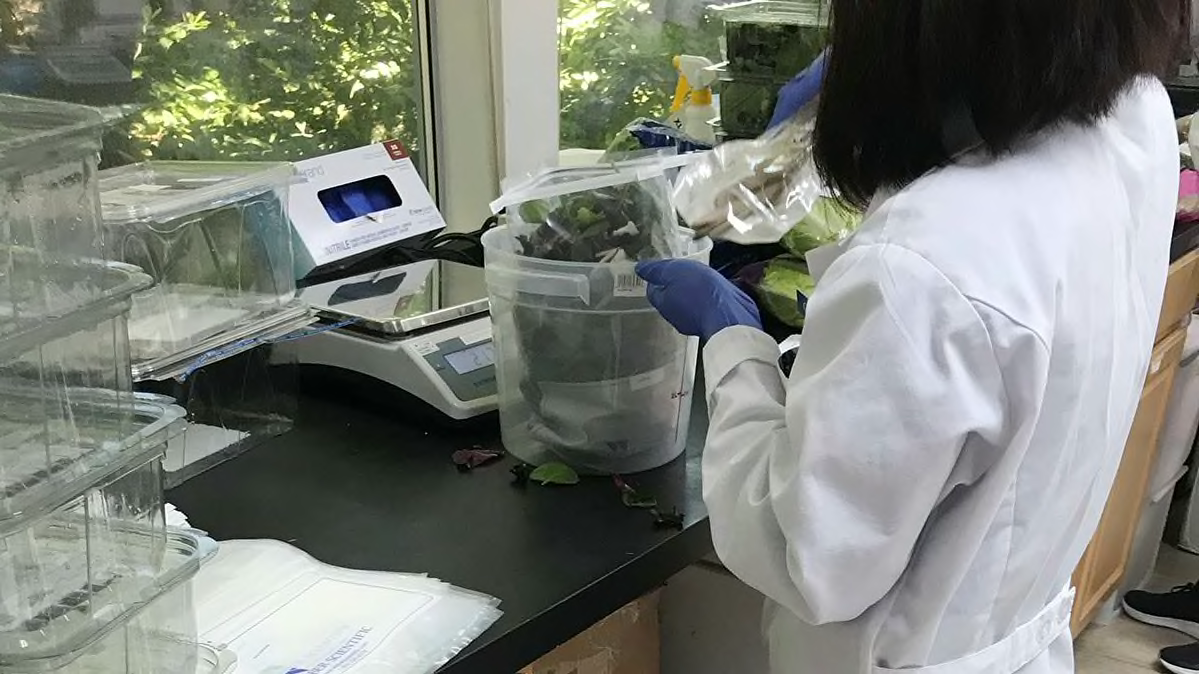Lystn, LLC d.b.a & ANSWERS™ Pet Food Challenges the FDA for the Public’s Freedom to choose safe, healthy, raw pet food. The company has filed a Declaratory Judgment Complaint and is seeking Injunctive Relief against the FDA in the United States Colorado District Court. The complaint challenges the lawfulness of the FDA’s actions, with cooperation provided by various members of the Association of American Feed Control Officials (AAFCO), by adopting a nationwide, zero-tolerance standard for Salmonella in pet food that is noncompliant with federal law, unsupported by science, and beyond the FDA’s scope of power as delegated by Congress. ANSWERS™ Pet Food announced that while the U.S.D.A permits allowable quantities of Salmonella in human food, the FDA who regulates pet food, has adopted an unsustainable, zero-tolerance standard for Salmonella presence in pet food. ANSWERS™ approach to food safety employs fermentation, Hurdle Technology, and other proprietary processes, to control pathogens by eliminating them, reducing them, or inhibiting growth whereby good bacteria can survive and compete with harmful bacteria. Also addressed in the complaint, is the alleged extensive FDA regulatory abuse. ANSWERS™ asserts the FDA is unlawfully targeting the raw pet food industry, seeking to eradicate raw pet food. @ https://www.prnewswire.com/news-releases/answers-pet-food-challenges-the-fda-for-the-publics-freedom-to-choose-safe-healthy-raw-pet-food-300881182.html
ruth
FLEETWOOD, Pa., July 8, 2019 /PRNewswire/ — Lystn, LLC d.b.a./ANSWERS™ Pet Food, announced today that the company has filed a Declaratory Judgment Complaint…
ruth
Consumer Reports tested 284 samples of fresh greens (lettuce, spinach, and kale) and found six samples contaminated with Listeria monocytogenes. Consumer Report purchased the greens at grocery stores including Acme, Costco, Hannaford, and Whole Foods. Two of these samples were packaged, prewashed greens (spinach and an organic spinach-spring mix). The other four were loose heads or bunches of green kale, green leaf lettuce, red leaf lettuce, and spinach. Karen Wong, M.D., medical officer in the Centers for Disease Control and Prevention’s Enteric Diseases Epidemiology Branch said that “While it may not be surprising to find Listeria in a small percentage of leafy green products that are tested, it always concerns to find bacteria that can make people sick in foods that aren’t meant to be cooked.” @ https://www.consumerreports.org/food-safety/leafy-greens-with-listeria-sold-at-major-supermarkets/
New Consumer Reports tests find listeria in leafy greens.
The bacteria was in prewashed and unbagged products. Here’s how to stay safe when eating greens.
ruth
The FDA posted n its website that the Lennox Intl Inc located in Edison NJ is recalling its Natural Pig ears because they have the potential to be contaminated with Salmonella. The recalled products affected were shipped to nationwide distributors and/or retail stores from May 1st to July 3rd, 2019. The product comes in and 8 PK branded pouch or packaged individually shrinked wrapped. To date, Lennox is aware of two cases of their pig ears that caused dog Illnesses which may be related to the potential Salmonella contamination noted during an ongoing FDA investigation of Salmonella illness, associated with what appears to be a multiple sources. @ https://www.fda.gov/safety/recalls-market-withdrawals-safety-alerts/lennox-intl-inc-voluntary-recalling-natural-pig-ears-july-26-2019?utm_campaign=The%20Lennox%20Intl%20Inc%20is%20Voluntary%20Recalling%20Natural%20Pig%20Ears%20on%20July%2026%2C%202019&utm_medium=email&utm_source=Eloqua
The Lennox Intl Inc located in Edison NJ, is voluntary recalling its Natural Pig ears because they have the potential to be contaminated with Salmonella.
ruth
The FDA announced on their website that Williams Foods LLC recalls seasonings (Great Value Mild Taco Seasoning Mix and HEB Taco Seasoning Mix Reduced Sodium) due to Salmonella. Cumin spice used in the products was involved in a recall initiated by their supplier, Mincing Spice Co. A sample from that lot was tested by one of Mincing’s customers and was found to be contaminated with Salmonella. A portion of the lot recalled by Mincing was supplied to Williams Foods, LLC. The potentially affected product consists of retail packages weighing 1 – 1.25 oz. The product is sold in select retail grocery stores located in Washington, DC and the following states: AL, AR, AZ, CA, CO, DC, DE, FL, GA, HI, IA, ID, IL, IN, KS, KY, LA, MD, MI, MN, MO, MS, MT, NC, ND, NE, NJ, NM, NV, NY, OH, OK, OR, PA, SC, SD, TN, TX, UT, VA, WI, WV, WY. @ https://www.fda.gov/safety/recalls-market-withdrawals-safety-alerts/williams-foods-llc-initiates-voluntary-recall-taco-seasoning-product-due-possible-presence
These items contain cumin spice involved in a recall initiated by our supplier, Mincing Spice Co. Mincing has issued a recall for a specific lot of cumin they produced because a sample from that lot was tested by one of Mincing’s customers and was found to be potentially contaminated with Salmonella




